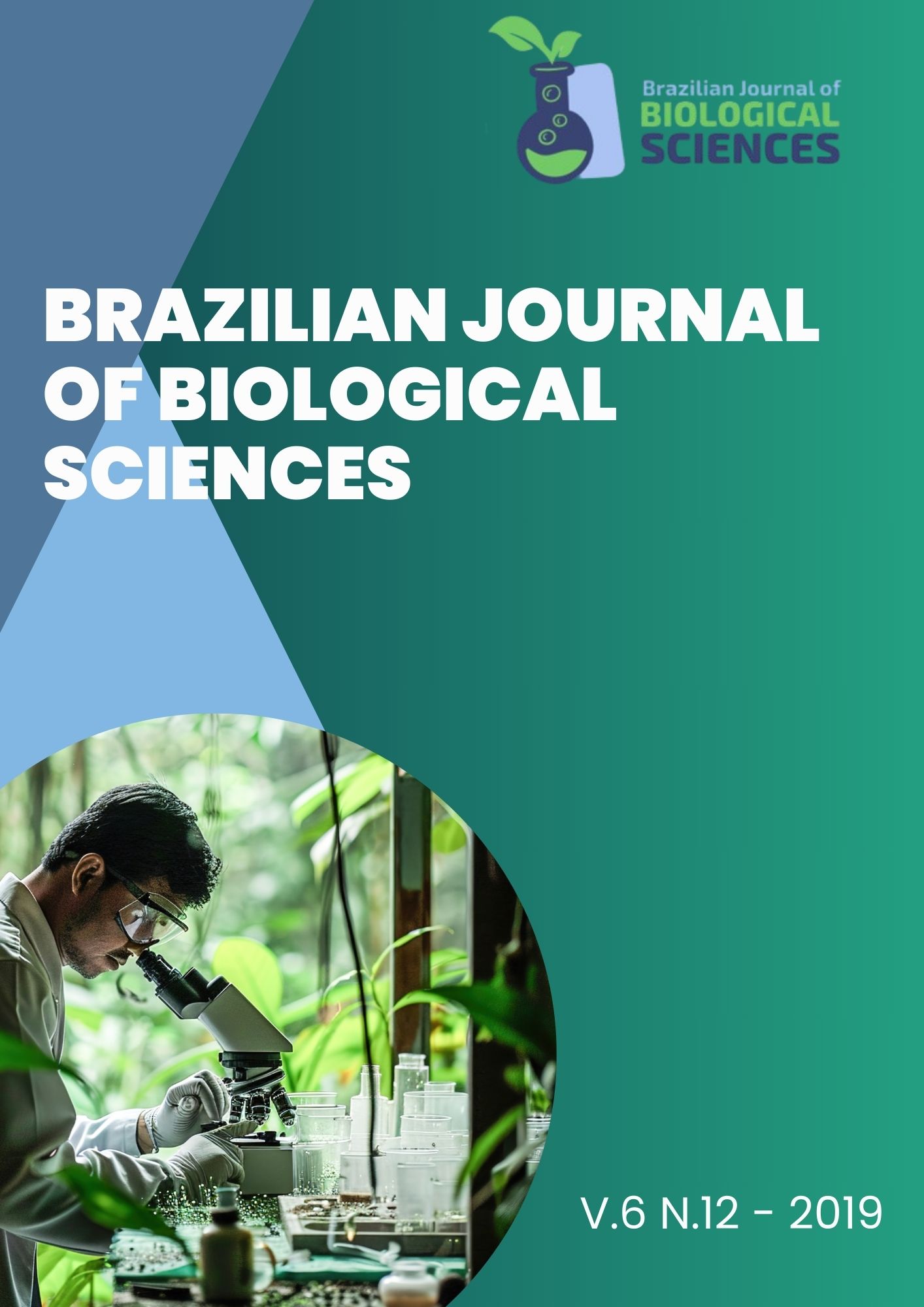First records for Lasiurus blossevillii, Histiotus humboldti and Enchisthenes hartii (Mammalia: Chiroptera) in an urban region in Southern Ecuador
Carlos Nivelo-Villavicencio, Javier Fernández de Córdova, Amanda B. Quezada
e362
Currently in Ecuador there are 171 bats species, however little is known of their presence in urban and periurban areas. These information gaps make it difficult to know the distribution of the species, as well as the ecosystems they are occupying. In this work we report for the first time three bats species in...





